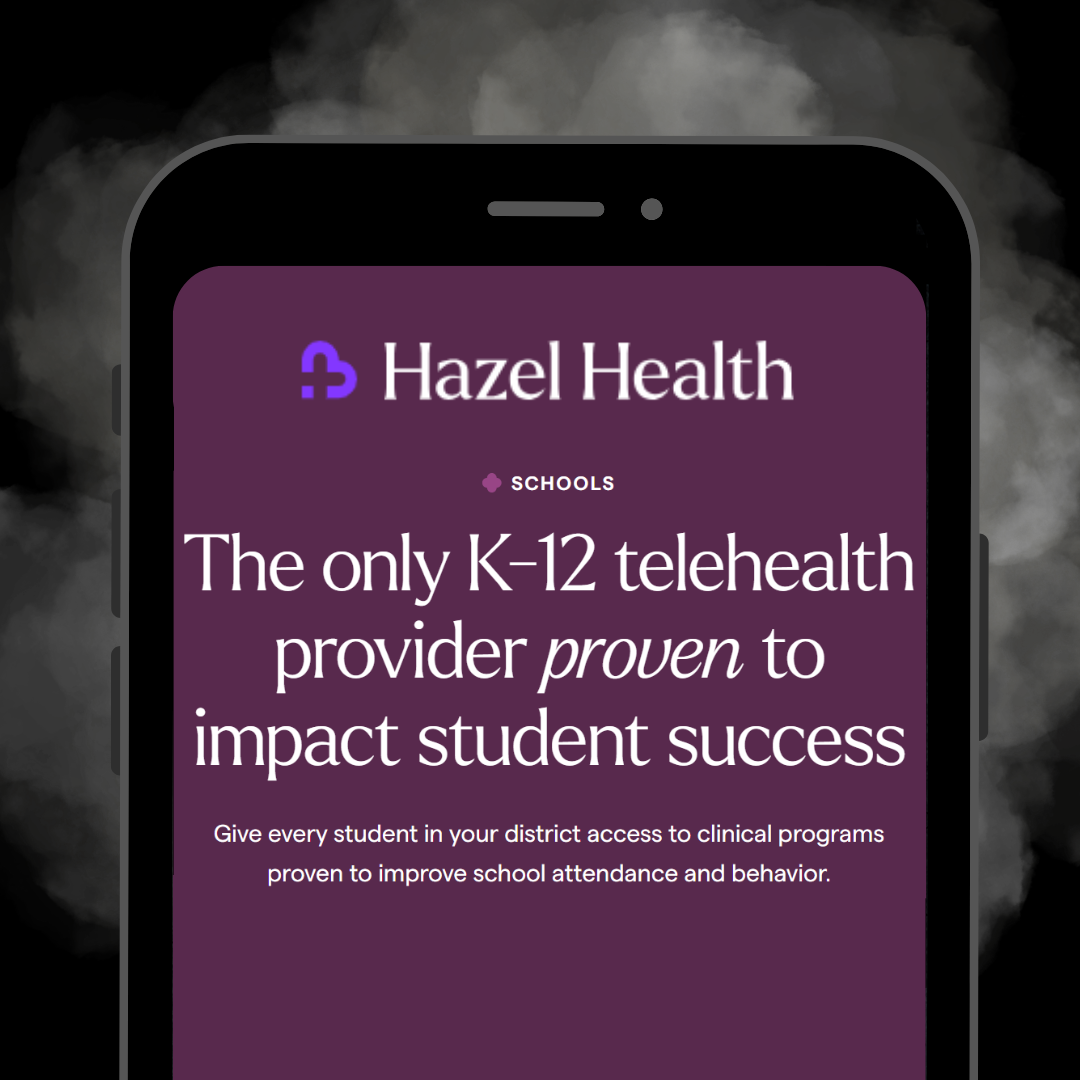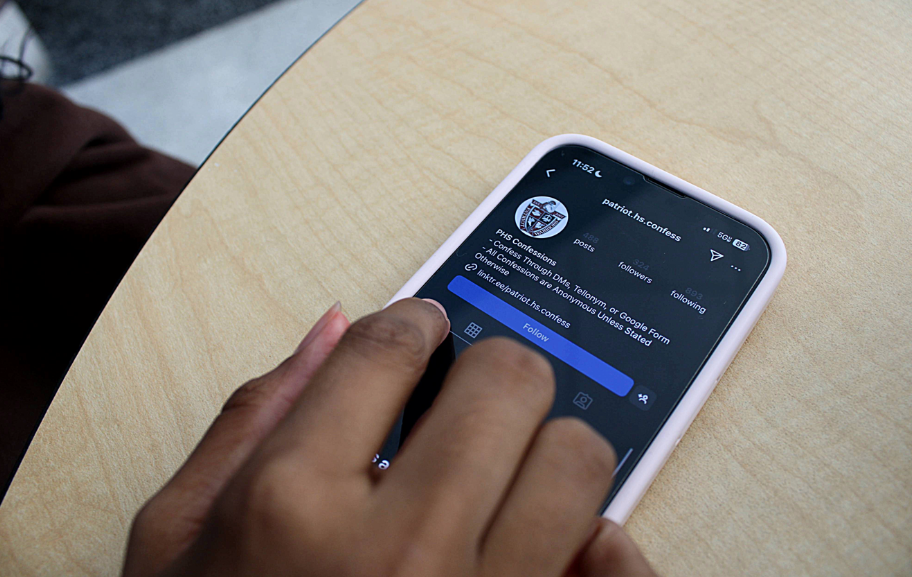As the new school year commences, it might be time to reconsider the staple of pajama pants for school attire…
A simple wardrobe change can completely transform an entire day. On those rare occasions when grey sweatpants are swapped for a pair of jeans, there’s often a noticeable shift in mood. Suddenly, one might feel more energized and feel like they could tackle the day; one can stand a little taller and walk the halls more confidently. Clothing choices can influence one’s mindset and productivity more than people realize.
This feeling can be explained through enclothed cognition; a theory that describes how clothing influences our emotions and behavior. Dressing more formally has proven to enhance confidence, while comfortable clothing can produce more feelings of relaxation and comfort.
Black top, black sweatpants, and crocs- this monochromatic outfit is a staple at Patriot High School. However, the colors we choose to wear can be more than personal choices, they can also be major components in how we behave and how we are perceived by others. For example, black is often associated with power, mystery and professionalism. In contrast, wearing red can give off excitement, passion, aggression, and intensity.
According to a different theory, clothing and fashion directly influence self-esteem because clothing affects how we feel and value ourselves. Wearing socially acceptable or trendy clothing can enhance a student’s confidence; while standing out too much can lessen it. For example, a student standing out may want to escape the scene if they feel like they are drawing too much attention.
“I have felt underdressed at school, and it will make me feel self-conscious. I’ll be wondering if people are judging me. If I’m surrounded by people who are dressed similarly and I’m the only one that stands out, I’ll feel like I don’t fit in,” added Ramirez.
Ramirez isn’t the only student who feels like this. Connor Tirrito (‘25) says, “Sometimes I’ll have a bad fit on and I won’t feel confident. I’ll find myself in a more negative mood if I don’t have an outfit that I like on.”
Not feeling confident in an outfit and constantly thinking about others’ perceptions can ultimately hinder one’s performance. When a student is engaging in impression management, they may unconsciously or consciously try to control how others treat them. This can lead to the student not joining discussions, participating in class, and being more focused on their appearance than their learning.
With the social identity theory, it suggests that students dress in a certain way to align with a group which can be overwhelming and a distraction.
With Patriots’ distinctive culture around personal style, students can be judgmental and hard to accept those who have a different style than them. Teenagers often don’t take many risks when it comes to fashion and usually conform to socially acceptable styles. These fashion choices largely consist of pajamas and sweatpants, with the occasional student dressing outside of the constraints.
This manifested not only because of the comfortable and relaxed fit of loungewear but also because of social media influences. On popular apps like TikTok, many teenagers tend to promote wearing pajamas and athleisure to school. Throughout the years it started to become normalized and acceptable, making it almost fashionable to wear these pieces.
“People do be clowning on me sometimes whenever I wear Dr. Martens, I always get comments on them. I feel like a lot of the students stick to what is safe and societally common,” Tirrito said.
Clothing choices can also convey a message to others. For instance, wearing a collared shirt for a job interview can exhibit professionalism and leadership. As students, we often have presentations and projects that require us to stand in front of our peers which can be anxiety inducing. The pressure to perform well but also trying to not embarrass ourselves in front of our peers can be overwhelming. In these times, we typically want to look good and present ourselves well in hopes of making a lasting impression.
When asked if they have ever chosen an outfit specifically because they had an important test or presentation, Bri Bacamante (‘25), responds with, “For example, me and my friend are running for Student Counsel Association (SCA) president today, so for our speech we decided to plan and coordinate outfits for the video.”
Their coordination left a lasting impression on the student body, with many students remembering them as a team, making it more likely to vote for them both. By coordinating their outfits for their campaign video, Bacamante and her friend’s experience highlights how clothing can be a strategic tool during important moments. Whether its running for SCA president or going to a job interview, clothing can be a part of the message being sent.
In understanding how to utilize fashion and specific clothing choices, students can not only confidently navigate through their everyday interactions, but through pivotal moments as well.




